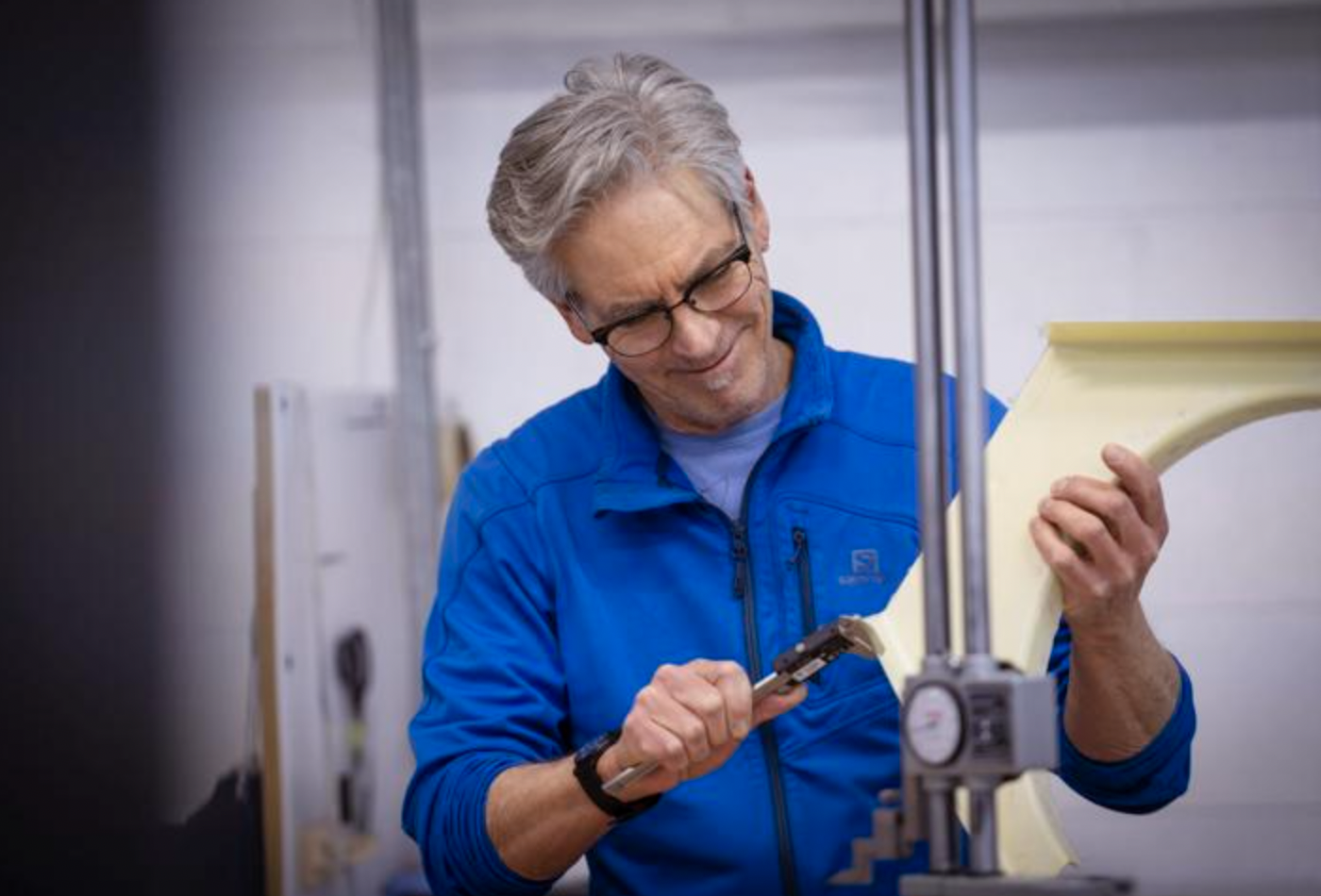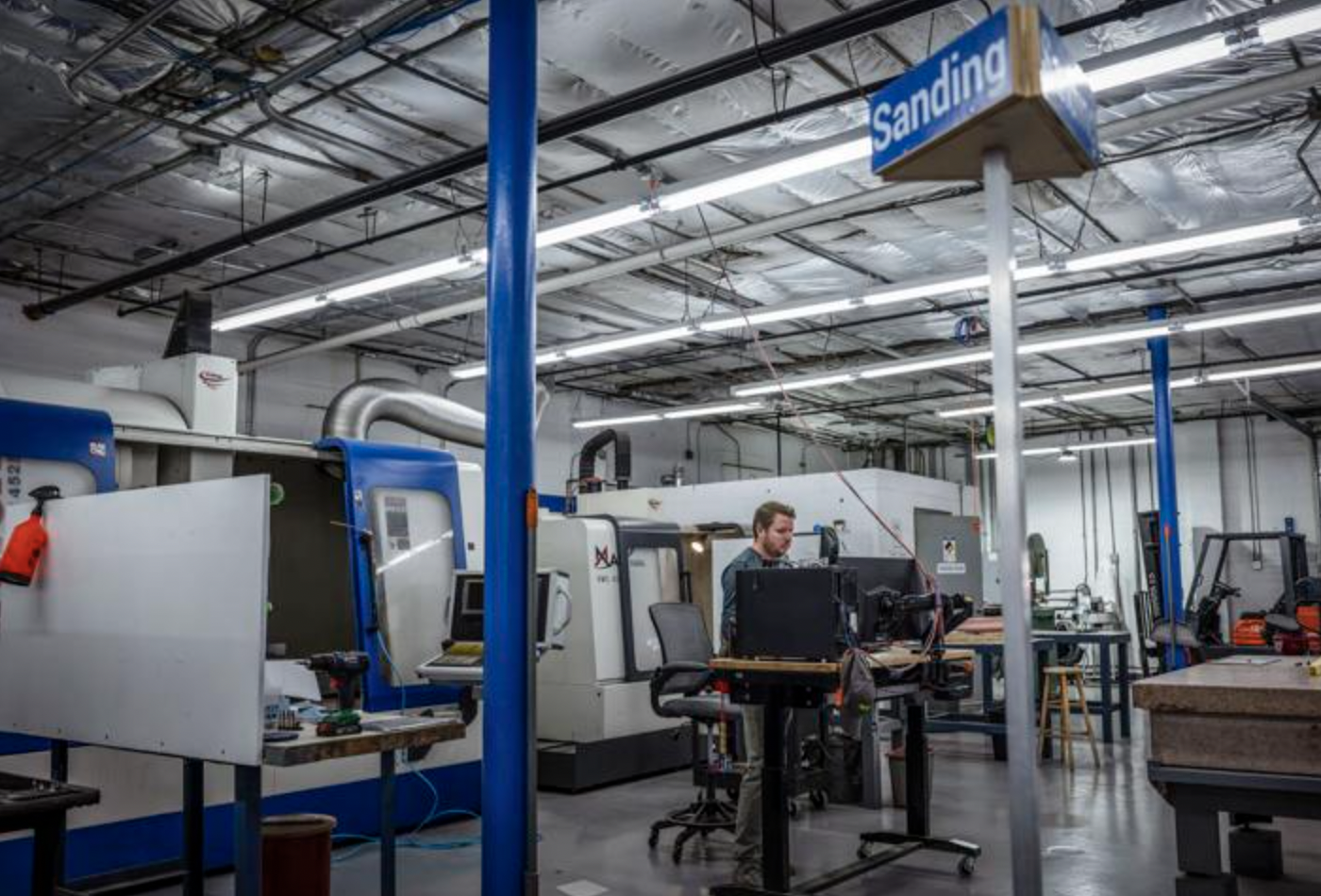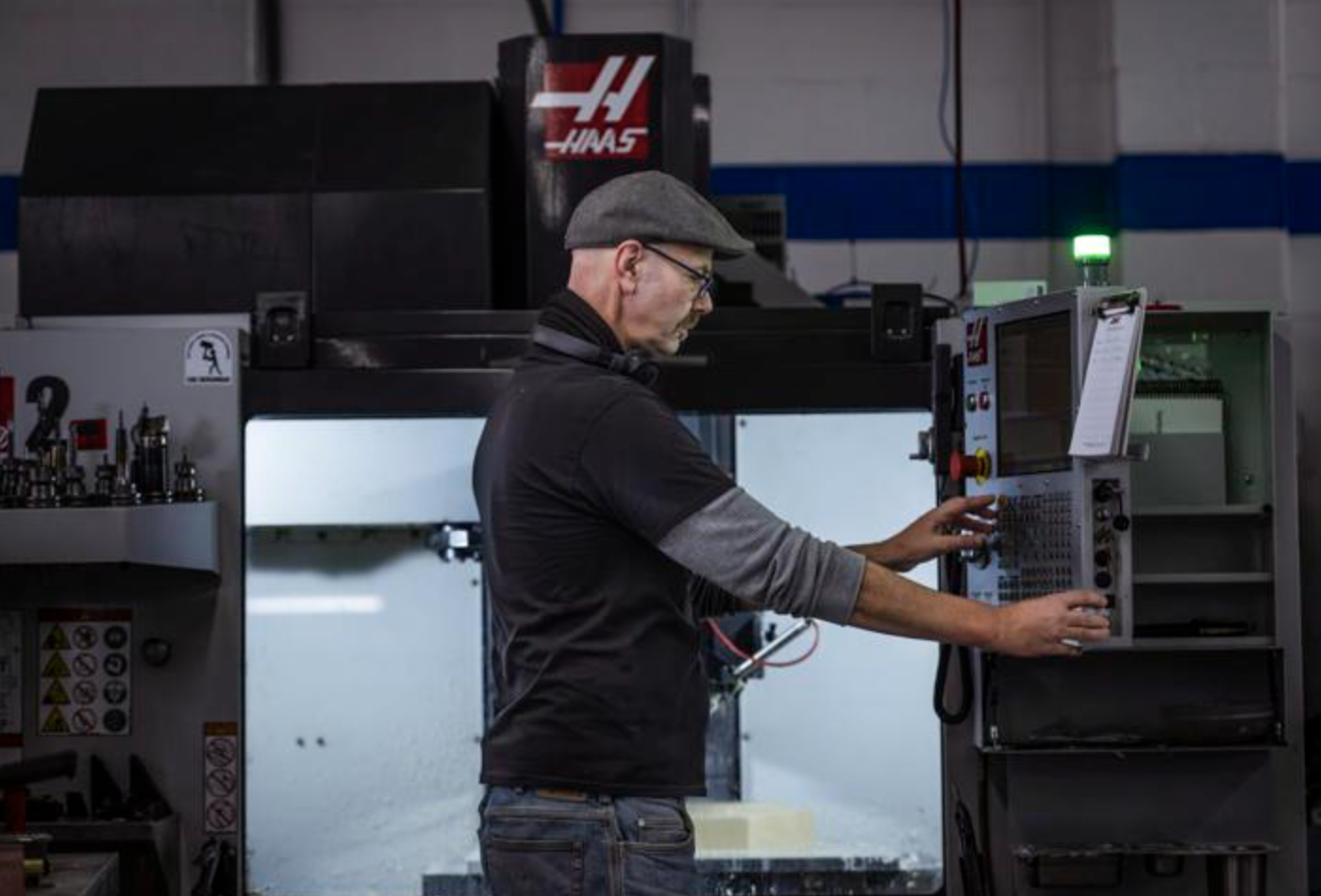WE ARE HERE TO HELP
Frequently Asked Questions
What makes carbon fiber stronger and lighter than metals like steel or aluminum?
Why does carbon fiber cost more than other materials?
Is carbon fiber safe to handle, cut, or touch during the manufacturing process?
How does carbon fiber hold up to heat, chemicals, and impact?
Can carbon fiber be used in high-temperature or flame-resistant applications?
At the end of its lifecycle, can carbon fiber be reused or recycled?
What types of stress or damage can cause carbon fiber to fail?
How much weight or pressure can carbon fiber parts typically handle?
Are there different types of carbon fiber? How do they affect performance?
How does carbon fiber compare to materials like titanium in terms of strength and cost?
What does a typical carbon fiber prototype cost, and what affects that cost?
Do you offer design and engineering support?
Can my existing CAD part be redesigned specifically for carbon fiber manufacturing?
What design changes are usually needed to make a part compatible with carbon fiber?
How do you ensure the part meets performance goals like strength, stiffness, and low weight?
Can you design carbon fiber parts that meet aerospace or medical-grade tolerances?
How do you handle fiber orientation to maximize strength in the right directions?
What are the limitations when designing complex shapes or thin-walled structures in carbon fiber?
Can inserts, threaded fasteners, or metal components be integrated into the design?
What kind of simulation or stress analysis do you use to test the design?
What files or information should I provide to get started with part design?
Can you reverse-engineer an existing metal or plastic part for carbon fiber manufacturing?
Can you produce a one-off or a prototype before I commit to full production?
Will the prototype match the strength and appearance of the final part?
What kinds of carbon fiber prototyping do you offer?
What is the typical timeline for developing and producing a prototype?
Do you use the same materials and processes for prototyping as for production?
How do you test the prototype to make sure it meets performance goals?
Can I request changes to the prototype before moving forward with production?
Will you help me compare a carbon fiber prototype to one made from another material?
What does a typical carbon fiber prototype cost, and what affects that cost?
Will the prototype meet the same specifications as production parts?
When is compression molding a good option for a carbon fiber part?
How does compression molding differ from other methods like hand layup or vacuum infusion?
What shapes, sizes, or part types work best with compression molding?
What kind of surface finish can I expect from compression molding?
How long does it take to build the tooling needed for compression molding?
Is compression molding cost-effective for small or medium production runs?
Does compression molding include inserts or use multiple materials?
How consistent are parts made with compression molding?
What tolerances can typically be achieved with this process?
How does compression molding meet strength and performance needs for demanding applications?
What composite manufacturing methods do you offer, and how do they work?
How do you decide which manufacturing process is best for my part?
What are the benefits of autoclave molding for high-performance composite parts?
Is bladder molding a good option for hollow or complex shapes?
What’s the difference between vacuum bag molding and oven curing?
Can you combine materials like carbon fiber, Kevlar®, and fiberglass in the same part?
What kind of finishes can I expect on a composite part: matte, gloss, or textured?
How do you ensure consistent quality during the composite manufacturing process?
Can you support both small prototype runs and full production volumes?
How long does it usually take to go from tooling to final part delivery?
Will my carbon fiber part need any post-processing or machining after it’s molded?
What features can be added with precision machining, like holes or slots?
How do you protect the part from damage during machining?
How do you avoid issues like fraying, delamination, or cracking during machining?
What tolerances can you achieve when machining carbon fiber?
What tools and techniques do you use for machining carbon fiber?
How do you avoid issues like fraying, delamination, or cracking during machining?
What tools and techniques do you use for machining carbon fiber?
How can you machine my part to fit precisely with other components?
Should I design features into the mold, or have them machined afterward?
What kind of finishing or cleanup do you offer after machining?
How strong is a properly repaired carbon frame compared to the original?
How do you repair a damaged carbon fiber or composite bike frame?
What types of damage (cracks, delamination, crushed or punctured tubes) are typically repairable?
How can I tell cosmetic damage from structural damage?
Can you repair snapped or fully fractured carbon tubes?
Will a repair add weight, or change the bike’s stiffness, or ride feel?
What is the life expectancy of a carbon fiber bike frame after repair?
What’s the typical repair process and turnaround time?



